Hello everyone. Thank you for reading this article. I’m Shogo from Let’s ask Shogo, the interpreter of the online lessons and owner of this website.
In some of our Iai Kata from the Muhi Ryu Iaijutsu has a strange-looking movement at the end. After you come to the Jōdan upper stance to prepare for another attack, just in case, you face diagonally left, kick your right foot forward, and gently land your toes on the floor. Then, you finally sheath the katana.
Please check it out from 4:22 “Kata”
Why don’t you just immediately sheath the katana after the first Zanshin (state of awareness)?
Some people said it looks like you’re kicking the head of the man you defeated. But of course, you would never learn something so needlessly cruel in Japanese Budo. This kicking motion is actually meant to represent you fixing the long hakama before you sit down. Hakama are the skirt-like trousers that were only allowed to be worn by the samurai in the past. But the kind of hakama that was worn especially by the higher rank samurai who worked at castles, wore dragging long hakama. These long hakama expressed that you are a nobility, but at the same time, it was physically meant to prevent the samurai from running inside the castle so they couldn’t cause crime.
If you don’t properly handle the long hakama as you fight, it’ll get all tangled, and you can’t move freely. So in some of the Kata that we train in, we carry down the skills to correctly fix the long hakama before you sit down. But the interesting fact is that the samurai in the higher ranks who would be allowed to wear long hakama wouldn’t have to fight themselves in emergencies. Their bodyguards or someone else would fight for them. But then, why do such techniques exist? It’s because even if those higher rank samurai didn’t have to fight in real life, they still had to train katana skills as a samurai. Including the movement of handling the long hakama in their performance represented their status to the people.
Want to learn more about the world of katana and martial arts? Please jump to our Patreon page to sign up for Japan’s best online Iai/Kenjutsu lessons available worldwide.

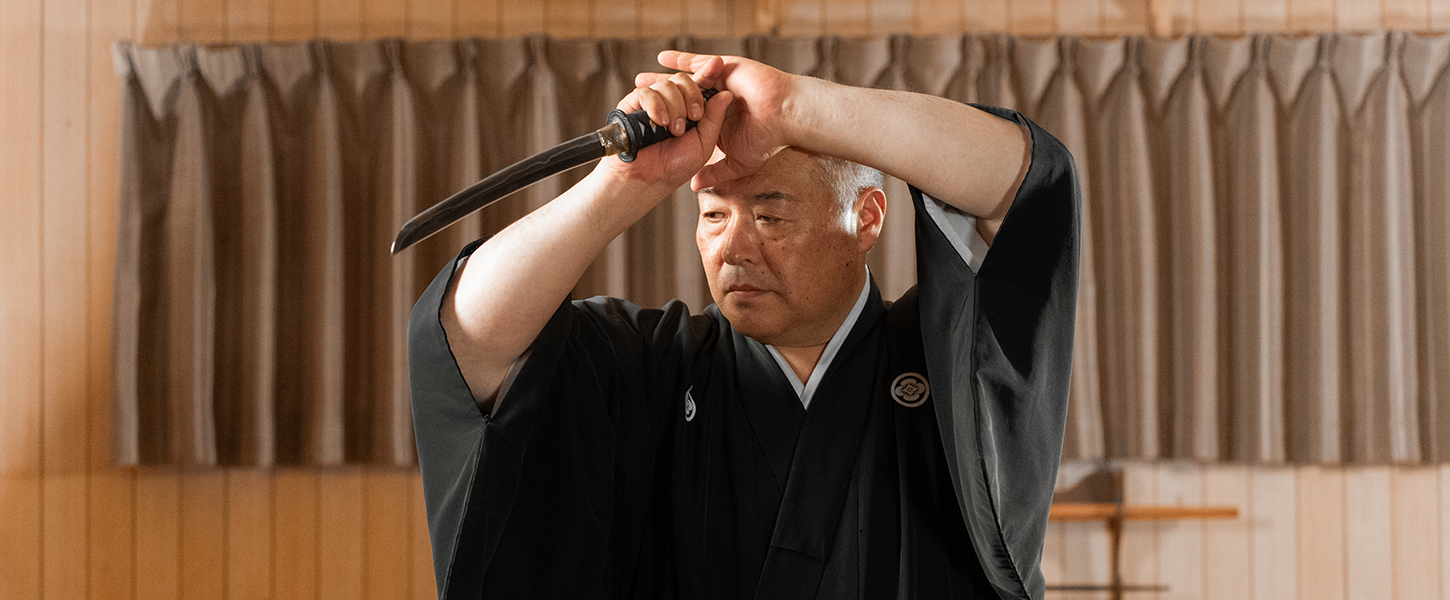
-720x460.jpeg)
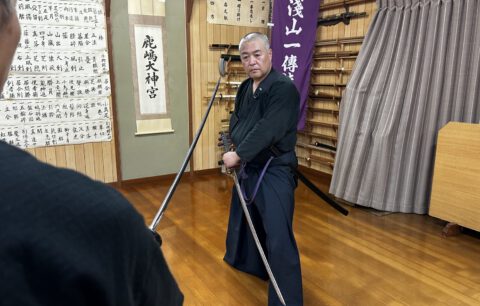

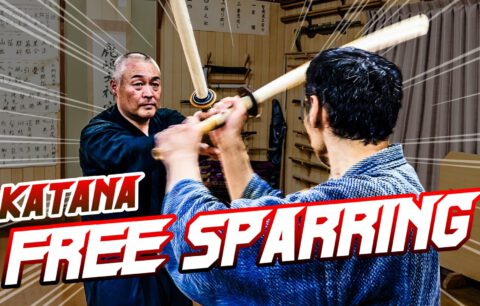
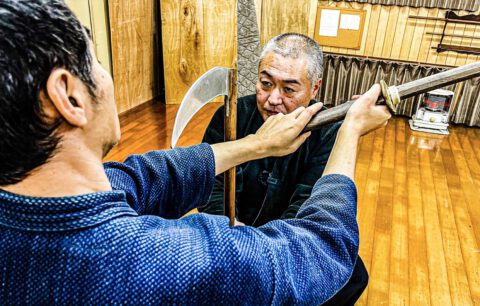
-480x306.jpeg)
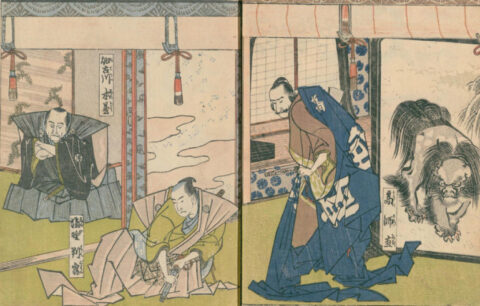
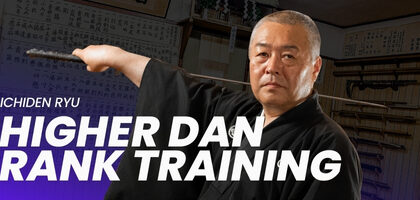
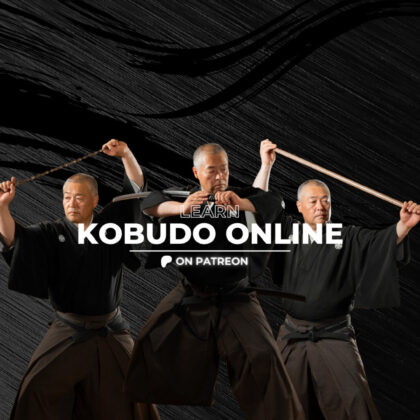
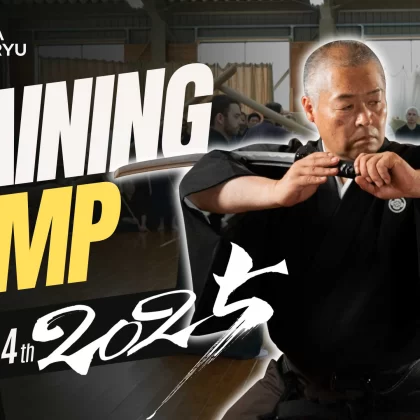

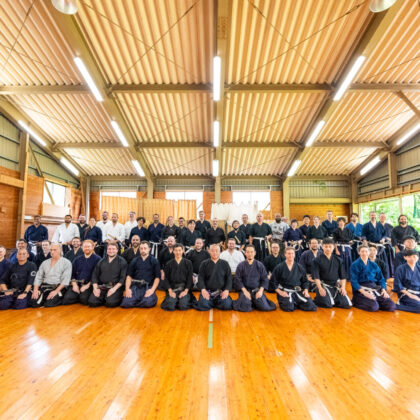
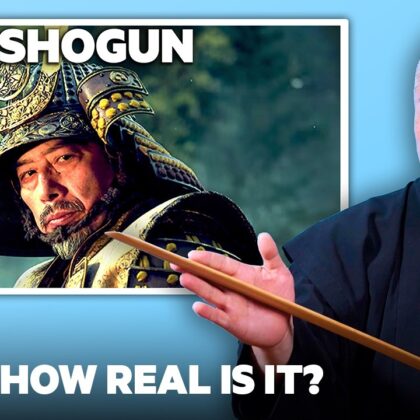

Comment